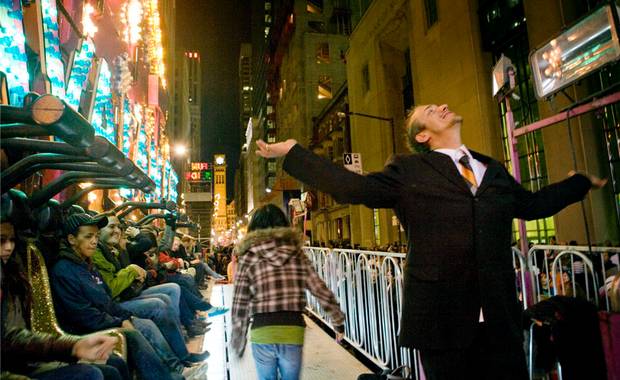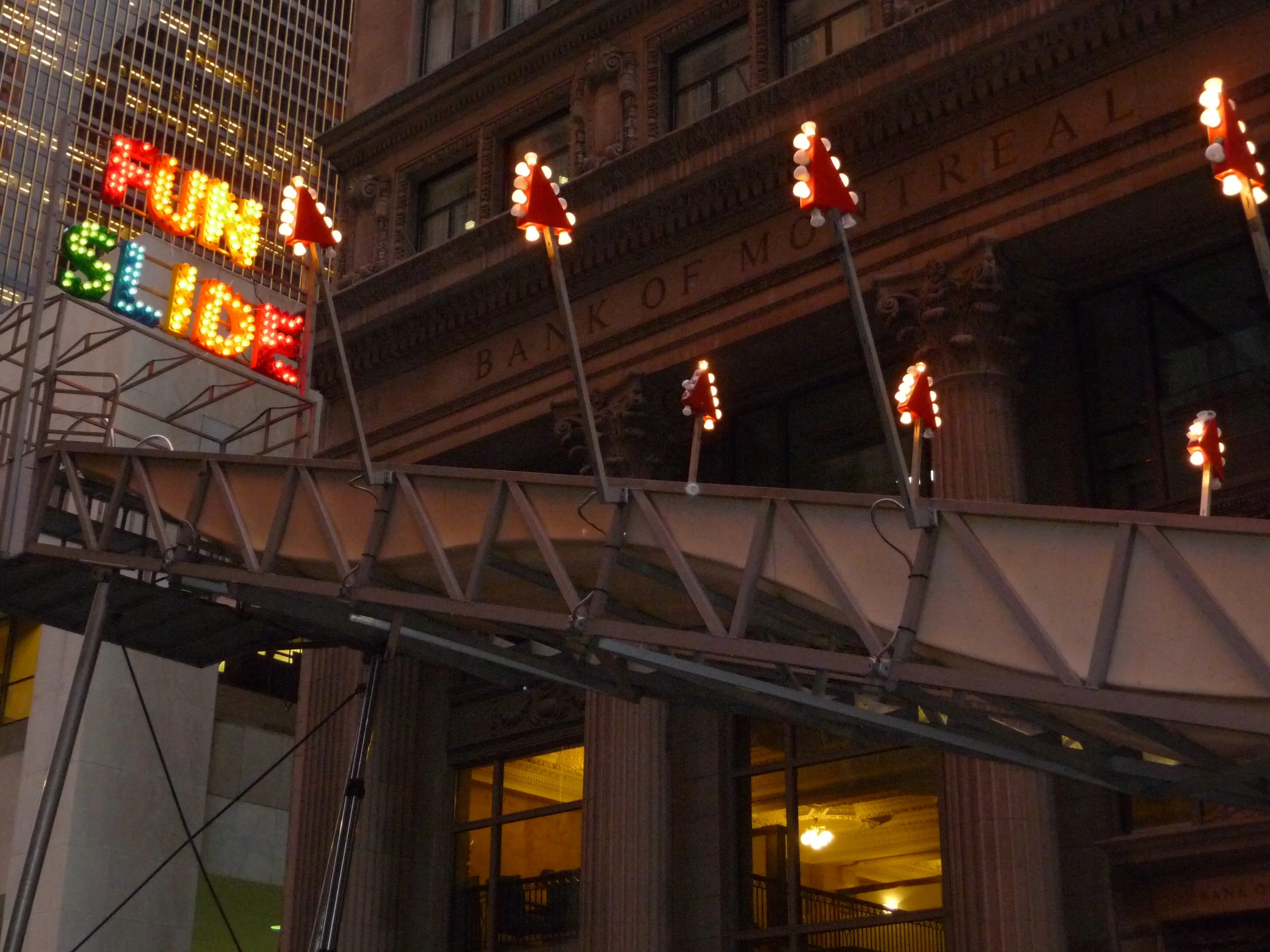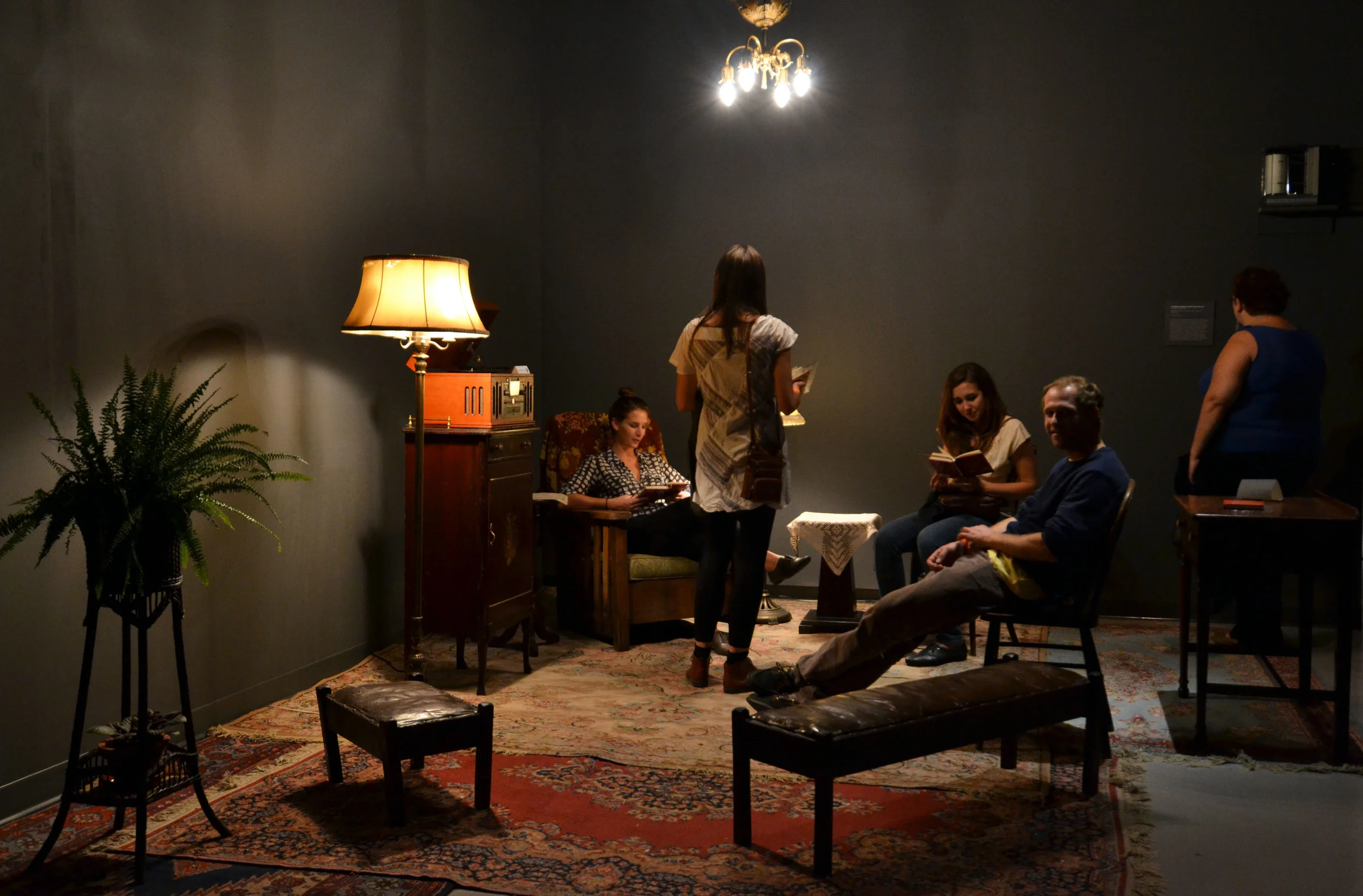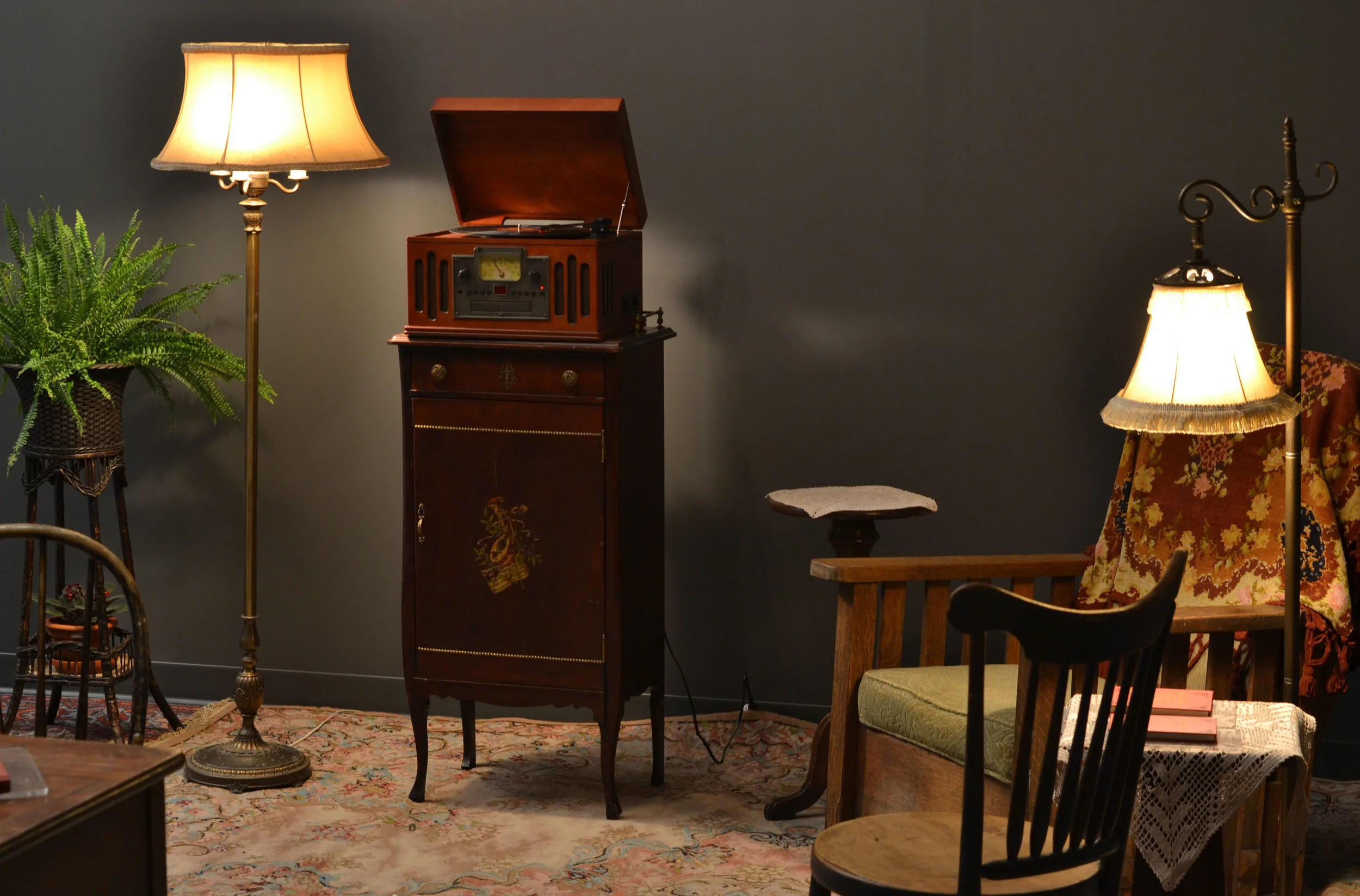Shawna Dempsey & Lorri Millan
Dempsey and Millan have created five major installations.
Miss Gray's Marvellous Truth Machine was created for the Winnipeg Art Gallery's exhibition Winnipeg Now in 2012. The installation impeccably recreated a fictional parlour/sitting room of the character Miss Grey, inventrix and dance instructor. Gallery-goers were invited to sit (itself a rarity in an contemporary gallery setting) in cosy Edwardian chairs, and read or listen to the story of Miss Grey, played on a phonograph. The medium through which this tale is delivered, vinyl, echoes a central object in the story: Miss Gray adapts a record player to create a truth-telling machine. The many disjunctures between the modernist building and the old fashioned "room", the public gallery and the private home, and questions of truth vs. fiction upon which the story relies, created both a familiar experience (being told a story in a "grandmotherly" environment) and questions regarding the superior knowledge or "truth" that progress and technology imply.
Wild Ride was presented at La Nuit Blanche, Toronto, in Oct. 2009, curated by Jennifer Fisher and Jim Drobnick. The project involved installing a functional midway on Bay Street, the heart of the nation’s financial district. Two carnival rides, Avalanche and Super Fun Slide, were staffed by carnies in business suits who greeted riders with handshakes. More so-called “downsized Bay St. workers” distributed free cotton candy. Further references to the financial crash were made through carnivalesque signage(i.e. “Absolutely free and worth less all the time”), an amplified soundtrack of pop songs about money, and a carnival barker who growled unexpected phrases such as, “Do you want to go lower?” Bay Street, usually empty on a Saturday night, was returned to the people who paid for it. Literally hundreds of thousands of people waited up to two hours to go on the rides. The carnival lights beautifully reflected in the glass bank towers. Screams of joy were heard, not financial terror!
Archaeology and You was commissioned by the Royal Ontario Museum Institute for Contemporary Culture in 2003. Dempsey and Millan created a five-part video installation (now also a single channel work) in the Gallery of Ancient Greece. Amidst the headless statues of idealized feminine beauty, they inserted Milan's head, speaking on video monitors, about history, war and the power of language.
Mirror Mirror was site-specific piece installed in Central Tech High School, Toronto, in the fall of 2000. Conscious of the overwhelming amount of image-related information being targeted at young women, Dempsey and Milan made distorted body-image manifest, and reflected fears and anxieties back to the viewer. Inspired by the huge glass mirrors in the girls' washrooms, in which seeing one's reflection is unavoidable, they constructed fun house mirrors that warps the viewer's image. These were placed over the existing mirrors as a comment on our preoccupation with a narrowly-defined beauty and social codes of physical presentation. In the tradition of the freak show, clown and the grotesque, the distorted images contained humour, in contrast to the contemporary relationship of a woman and her mirror, which often involve judgment, control, and shame. The mirrors became a performance site for the high school students, a site of play. The mirrors were not functional; they were of no help when applying make-up or doing one's hair. They were created simply to be experienced in a moment of surprise and laughter, and to inspire critique of the distorted self-images that haunt us.
One Gay City was created in 1997. Each life-sized bus-shelter ad depicted a cheerful Winnipegger (a toddler with her birthday cake, an fisherwoman with her catch and a beautiful boy dressed as Manitoba's symbol, The Golden Boy), with the tag line, "Winnipeg: One Gay City". This referenced the city's slogan, "Winnipeg: One Great City". The project came about because Winnipeg's then-Mayor, Susan Thompson, refused to give Gay Pride Day official sanction. This series of artist-created ads was never installed because the advertising agency who controlled the bus shacks objected to their gay content and were supported by Canadian Advertising Standards who deemed them potentially upsetting. Dempsey and Millan re-created the project as a series of postcards and filed a Manitoba Human Rights complaint. They settled with the ad agency in 1999, before the case went to committee, at the same time that Winnipeg elected the first openly gay mayor in North America.








